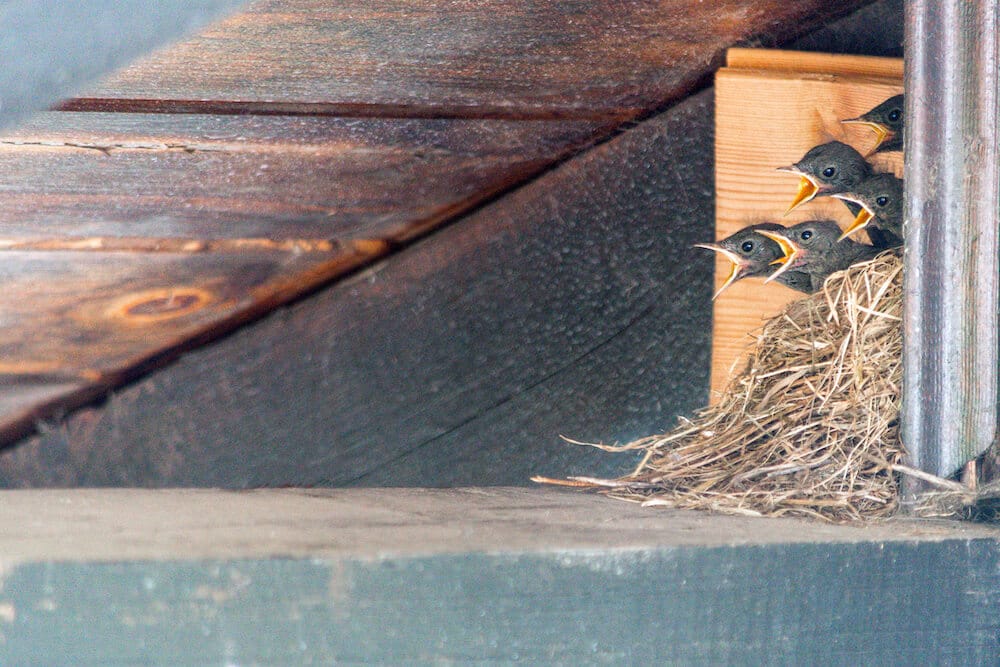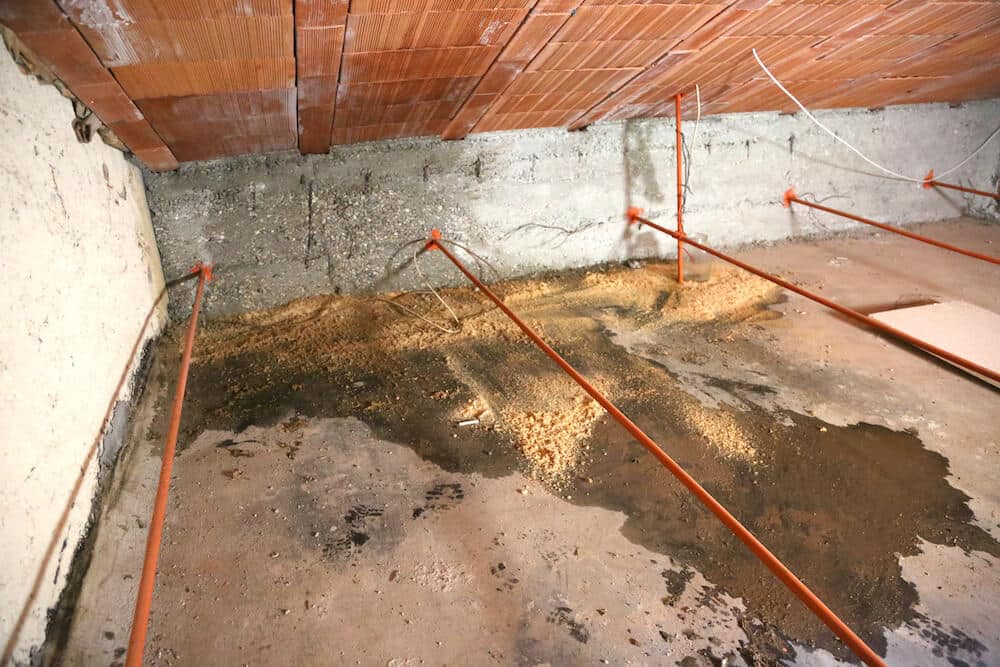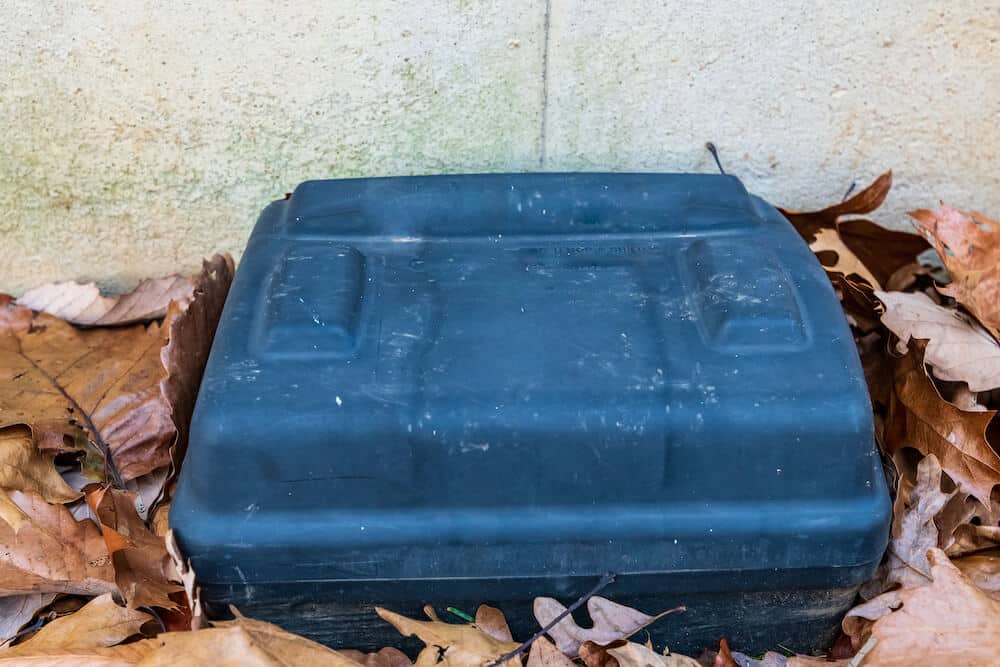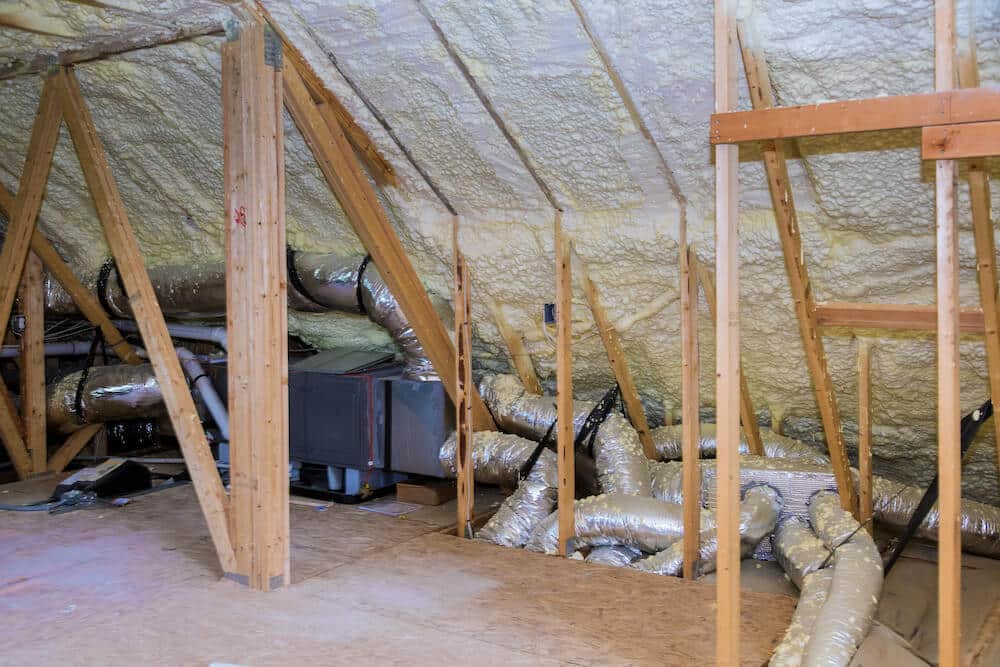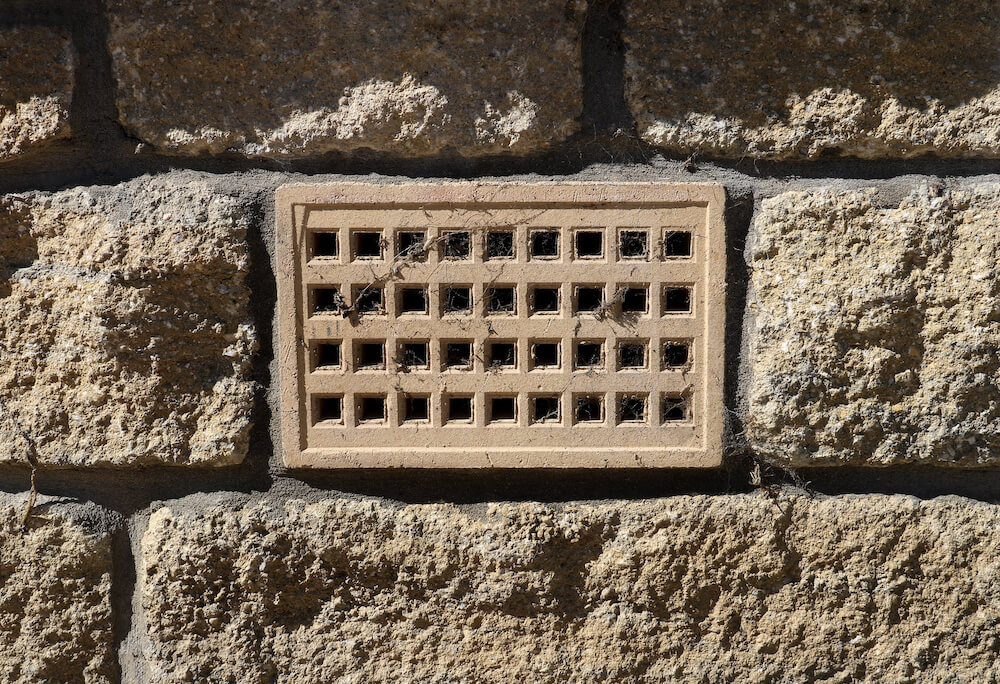
Dealing With Wildlife in Your Washington Crawl Space: Prevention and Removal Strategies
When it comes to pests in your home, small to medium-sized rodents or reptiles might access your home’s crawl space for a variety of reasons. They might want to hibernate during the colder months or search for a cooler place to nest in the summer. No matter when these pests get into your attic access space, this isn’t a problem you can ignore. Once pests get into this part of your home, they can damage your wood, insulation, and other essential components. They can also spread diseases to your family through bites, scratches, and their droppings. If you’re concerned about your family’s health, you can address this issue by learning how to prevent and eliminate pest infestations. Preventing Pest Infestations: Seal Off Your Crawl Space While sealing off your attic or access space, several things must be considered. This is a multi-step project that might require the help of home maintenance professionals. As you plan each step in the project, consider whether it’s a task you can handle safely without skilled help. Identify Common Access Points There are several ways pests can get into your attic space. The size and traits of the pest will determine their ability to get inside your home. Insects and other tiny critters can squeeze through much smaller spaces than squirrels, skunks, or chipmunks. Common pest access points include: Chimney flue Plumbing or electrical access points Roof joints and exterior gutters Attic and roof vents Gaps in soffits and fascia boards Gaps in other parts of your home’s construction Access points for other pipes, vents, and ducts While you can completely seal some gaps and holes, sealing off other access points might not be easy. For example, you’ll have to ensure exhaust can still travel through vents. For those home features, install wire mesh coverings.



